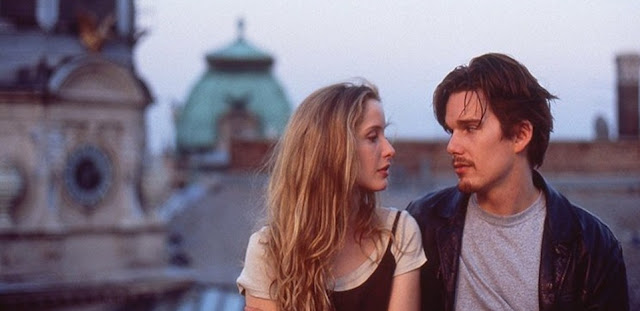Bano #atozchallenge
Bano is the female protagonist
of the Pakistani series ‘Dastaan’(Our long story), which is based on a novel named ‘Bano’ by
the Pakistani novelist, Razia Butt. It is set in the days of independence in
Ludhiana, Punjab and then in Pakistan. It begins with two close knit families
who start slowly to grow apart for the difference in their political views and
their support to The Congress and The Muslim League. It follows the love story
of Bano and Hassan, and the many trials and tribulations they go through during
the partition.
The first few episodes show
happy times, and you are bound to be floored by Bano’s bubbly nature and
innocence that steals away Hassan’s heart. Bano too falls for his charm. They meet
on the wedding of Bano’s elder brother Saleem with Hassan’s only aunt Suraiya. What
starts as tease and leg pulling soon blossoms into romance. It is beautiful,
the way their love is depicted. They are engaged to be married when Hassan finds
himself a job.
But these tender events and
life full of love becomes a saga of blood, and violence once the partition
starts. Hassan is transferred to Rawalpindi for his job, and unknown to him,
Bano’s entire family is murdered in front of her eyes. She has no way to escape
to Pakistan, no way to inform Hassan of her whereabouts, or at least tell him
that she’s alive. Her life from there is a series of tragedies. Though the
story may seem like leaning towards Pakistan and Muslims, there is a balance of
both good and evil in these religious groups.
Hassan and Bano meet after five
long years. So much has happened within this time, in both their lives. Bano
has a son, and is in the verge of madness, and Hassan was just about to marry
someone. The unexpected turn of events do not stop here. Watch this series, it’s
worth it. Though a tragedy, it’s one of the finest works and one of the most
rated Pakistani series. If not anything else, you will get the Pakistani
perspective of the partition.
“Sanam Baloch
and Fawad Khan did a remarkable job at transporting us to an era where the girl
would lower her eyelids on meeting her beau in the veranda unexpectedly, and
where a boy would give up the world to be with his lover.”
P.S: This series is presently being telecast in Zindegi channel, with the name changed to 'Waqt ne kiya kya hasseen sitam' (What time has done to us) for Indian audience.










Comments
Post a Comment